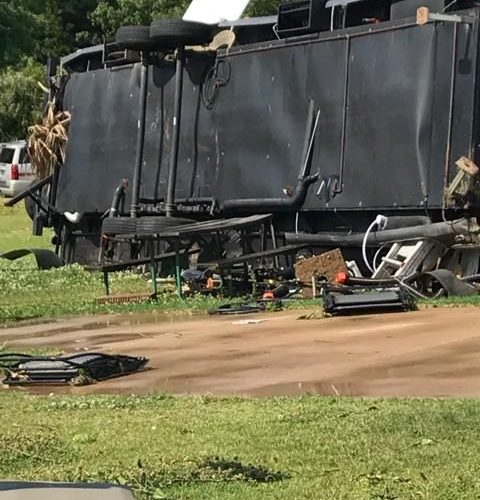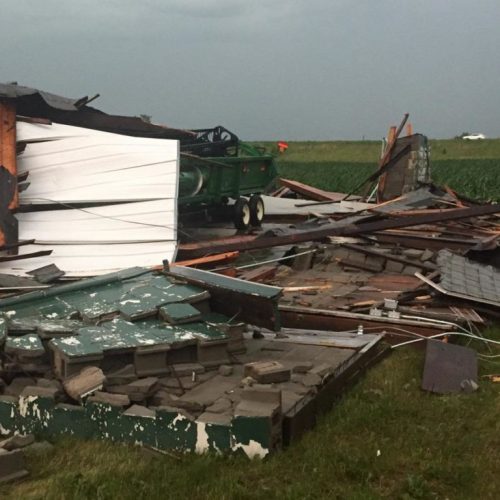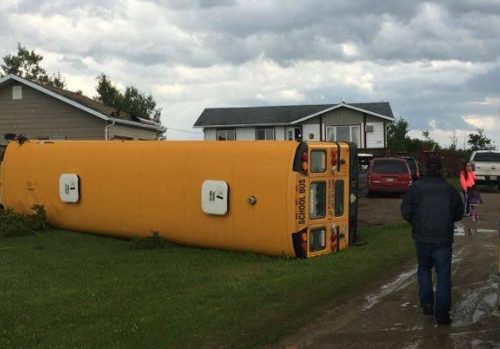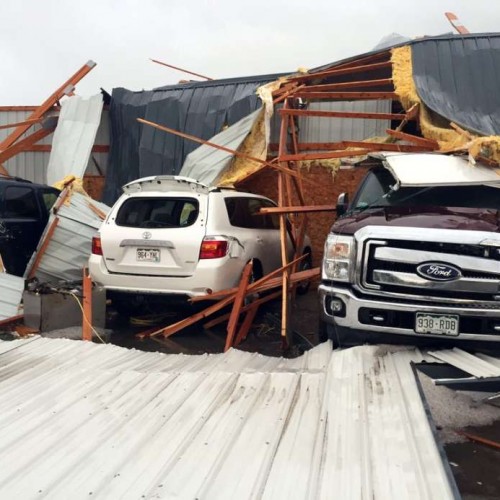OKLAHOMA —
Quick Facts:
74 tornadoes occurred in Oklahoma and Kansas
Of the 74 tornadoes, 16 happened in Green Country
Strongest tornado was an F-5 that went through Moore
Over $1 billion worth of damage
May 3, 1999 – a day many in Oklahoma and across the country will never forget. In less than a 24 hour timeframe, 74 tornadoes occurred leaving 46 dead, 800 injured, and more than 8000 homes damaged or destroyed.
The category breakdown for the tornadoes were 3 violent tornadoes, 15 strong tornadoes, and 42 weak. The rating of the tornadoes are as follows:
F0 – 33 tornadoes
F1 – 9 tornadoes
F2 – 7 tornadoes
F3 – 8 tornadoes
F4 – 2 tornadoes
F5 – 1 tornado
As the day started, conditions were muggy and cloudy across most of Oklahoma. There was a large amount of moisture over Oklahoma putting dewpoints in the low to mid 60s with temperatures in the mid to upper 60s. There was one area that had different conditions – to the west of the dryline, where skies were clear and temperatures were cooler.
The Storm Prediction Center (SPC) was watching conditions closely across North Texas, Oklahoma, and Kansas as the morning progressed along with the forecasting offices in each area. For May 3, there was a “Slight” risk that had been issued for those areas, meaning there was a consensus that severe weather would happen with some supercell thunderstorms, but the exact location was a tad unclear.
As the morning went on, the previous mentioned cloud coverage was clearing and temperatures started to warm up. Because of the heating and large amounts of moisture, the atmosphere became very unstable leading to the SPC increasing the threat level to “Moderate”. The wording in each update gave a more clear picture of what might happen that day. In the update in which the “Moderate” threat was issued, the SPC wrote, “…will provide sufficient shear for a few strong or violent tornadic supercells given the abundant low level moisture and the high instability.”
Yet again, another change was on the way. A special weather balloon was launched, in which meteorologists could see the atmosphere was very unstable and the wind changes were most likely going to lead to tornado development. These changes led to a “High” risk being issued by the SPC shortly before 4 pm on May 3.
The first storms started to develop by mid afternoon in NW Texas and SW Oklahoma and began to move to the NE towards Oklahoma City and Tulsa. The first Severe Thunderstorm Warning was issued at 4:15 pm for Comanche county and within a few minutes, quarter sized hail was falling in Lawton.
At 4:47 pm, the first Tornado Warning of the day was issued for Comanche, Caddo, and Grady counties with the first tornado report coming into the National Weather Service office in Norman within 4 minutes (4:51 pm). At this point, meteorologists began to realize that a significant outbreak was going to occur and that tornadoes would impact the OKC metro area.
The previously mentioned storm is also the same storm that produced an F5 tornado closer to the OKC metro in Moore. The F5 was the 9th tornado to be produced from that storm but was not the last. This storm produced 14 tornadoes over a 3.5 hours time frame with 5 of them being either strong of violent (rated F2 or higher).
The infamous May 3, 1999 F5 tornado started near Amber, moved to the far northern portion of Newcastle, through southern sections of OKC, into the northern portions of Moore and then through OKC again before moving on to Del City and Midwest City. The National Weather Service Office in Norman issued a Tornado Emergency – the first warning of its kind. Meteorologists wanted to make sure that it was something different than what people were used to with a large and violent tornado on the ground headed to a largely populated area.
36 fatalities and 583 injuries were recorded directly from this tornado by the Oklahoma State Department of Health. Roughly 1,800 homes were destroyed and 2,500 homes were damaged, leaving $1 billion worth of damage.
As the storms continued to move to the Northeast, they made their way into the Tulsa metro area, dropping 16 tornadoes from the evening of the 3rd to the afternoon of the 4th. The tornadoes in Green Country ranged from F0 to F3 leaving damage in locations such as west Tulsa, Stroud, and Sapulpa.
by: Megan McClellan Updated: May 3, 2016 – 9:11 AM






